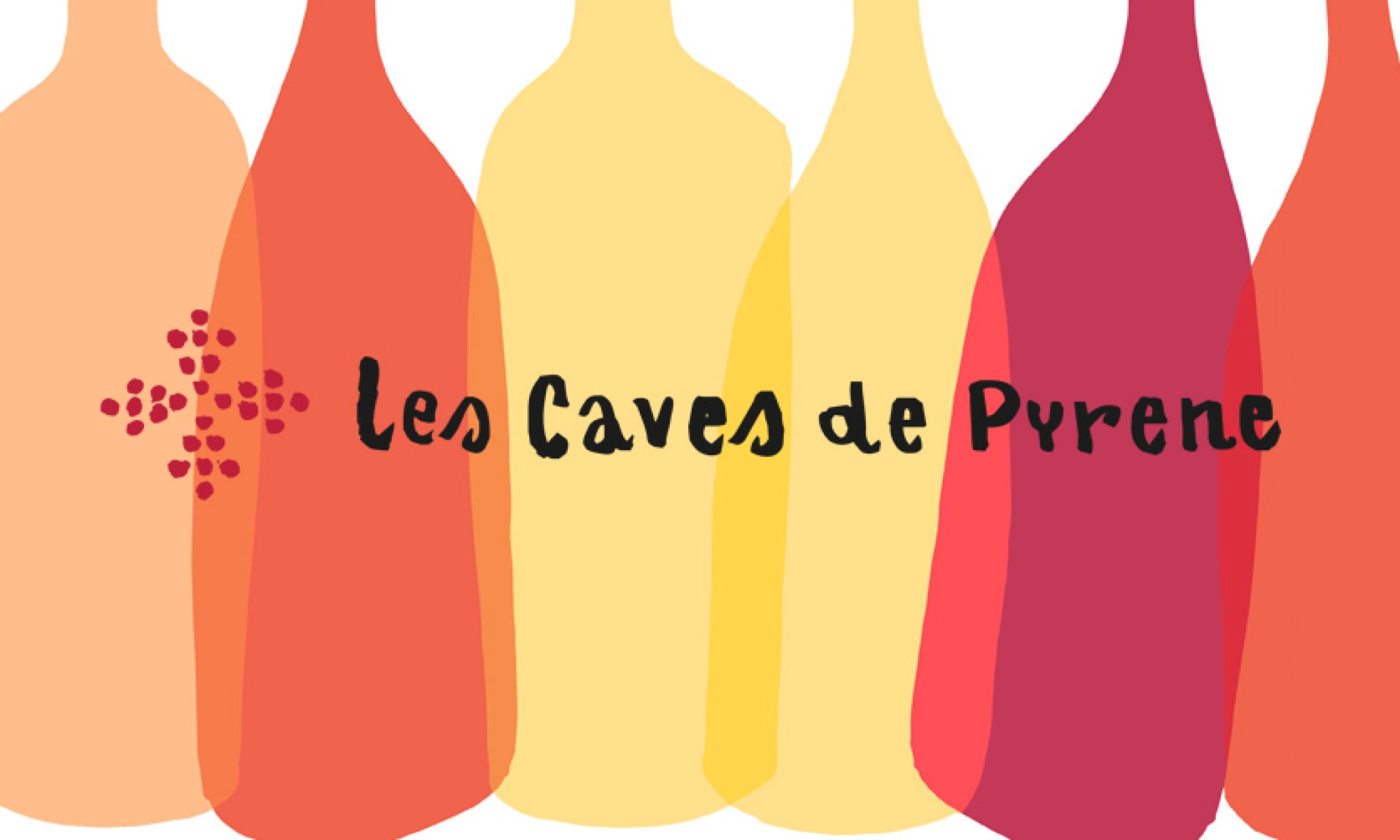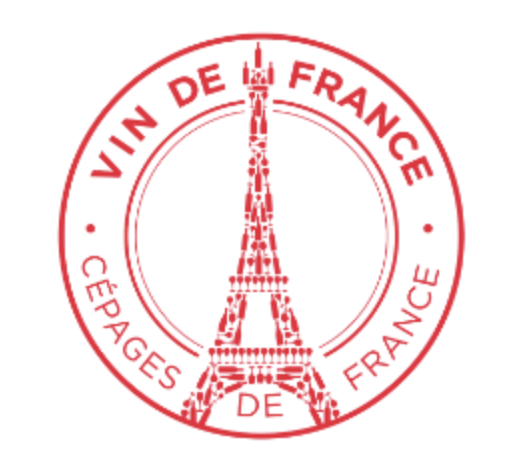
We’re getting used to wines being other than what they should be. Cue a woad-spattered Mel Gibson screaming “freedom!” at the top of his lungs. Vin de France has become a badge of honour for a host of growers who were happy to secede from appellations that refused to acknowledge their originality, ornery genius, and even their downright upholding of farming and winemaking practices that did not conform to the modern common denominator. Growers who refuse to compromise their principles either remove themselves or are removed from appellation. These are stories that date back to the time that the first bureaucrats crawled out of the primordial soup and began to bully the microbes. Perhaps the grower in question seeks to work with certain unrecognised varieties (including ancient ones indigenous to the region) or plant vineyards that fall outside the delimited area. Still others might be making wines that are considered atypical by tasting panels – even if the wines themselves might ironically be the most authentic representations of the traditional wine culture.
Not all appellations work in the same pettifogging way. Some will recognise that there is no single wine type that covers all and will allow oddity and genius to express itself. Others will create a strict template for a signature style that can be recognised year after year.
Vin de France has become a badge of honour for a host of growers who were happy to secede from appellations that refused to acknowledge their originality, ornery genius, and even their downright upholding of farming and winemaking practices that did not conform to the modern common denominator.
The way growers react to being boxed in may be very different. Some will acknowledge that a particular wine does not conform to the requisites of appellation and will skirt delicately around the subject. On the one side, Arianna Occhipinti makes a SP 68 Rosso (named after a road that runs alongside the side of the vineyards) that is effectively a Cerasuolo blend but does not undergo sufficient ageing to quality. Secondly, her single Contrada wines: Bombolieri; Pettineo and Fossa di Lupo cannot be called by their names, so they are reduced to initials, which in turn are crossed out acknowledging the appellation.
Then there is the Vinarchiste approach of Fabien Jouves. You Fuck My Wine is a famous example of two fingers to the appellation, being mainly from the unloved (by appellation) Jurançon Noir grape. Of course, wine labels provide an outlet for creative dissent and there are plenty that pun on an appellation that they are not allowed to mention. We had a wine called Les Mal-Aimés on our list for a period, a roll call of badly-treated grapes. Nowadays, we are less impressed about what a critic believes is a noble grape variety. When one tastes the Cepages Oubliés wines from Thierry Navarre (Oeillades; Terret Bourret; Ribeyrenc Blanc & Noir) we are not trying inferior wines, rather ones with a unique viticultural heritage that have equally unique flavours.
As mentioned, there is no guarantee that using ancient local grape varieties allows one to be in the appellation. Although most of the wines made by the Plageoles family are, in fact, AOP Gaillac, they also have a wine called Terroirists with an agitprop style of label, being a fascinating archive of local (mostly unheard of) grapes. Meanwhile in Bergerac, another Vin de France is made in homage to de Conti’s grandfather, Albert, called (appropriately) La Vigne d’Albert. It is homage to the wine that Albert would drink (from his own vineyard) at the dinner table. Again a broad mix of grape varieties, some off the radar. This idea of the harvest drink and the table wine is returning, a drink often light in colour, simple and rustic, sans elevage. For so long we have been taught to admire wine unduly. Now we can engage with it! Classic certainties are being broken down and abandoned.
There are more wines than ever that fall between various stools. Where, for example, does dark rosé end and light red begin. Some reds perhaps should be described as rosé, because the colour is so light. But isn’t this simply linguistic convenience? How can typicity apply to a whole shade of wine?
It can’t. Classifications are arbitrary at best. Dividing wines into major colour categories doesn’t come closer to capturing their essence.
Orange wines initially didn’t conform to the classic wine taste stereotypes. The colour itself was considered to be strange or wrong by many as it did not fit with their preconceptions of what wine should look like. Even turbid wines were dismissed for their lack of typicity, as if something had gone wrong in the winemaking process. Now most of us not only accept them, we also find them interesting to describe because they prompt us to avail ourselves of terminology outside the conventional taste lexicon to find the best responses to the wines in question.
Classic certainties are being broken down and abandoned
Traditionally we have divided grape varieties into white and red, so orange wines are the ultimate swervers. Thus when Sauvignon or Chardonnay appear outside their usual “colour code”, we are puzzled at first, until we see them as orange wines rather than the varieties in question. It may be convenient to describe wine in broad brush strokes, but this ignores how different wines from the same grape, or the same region can be, due to a multitude of farming and winemaking choices.
When any wine does not conform to the perceived style, then we feel we need to characterise it as being different to the mainstream examples. An oaked aged Cotat Sancerre or a wild, semi-oxidative Alexandre Bain Pouilly-Fume might be viewed as representative of unorthodox winemaking choices. In reality, they hark back to an era of different winemaking (without yeasts, temperature control, stainless tanks, filtration…) as well as articulating a different philosophical approach to farming and winemaking.
In the natural wine world, everything is as it is. Most vignerons know that it is their name and the quality of the liquid in the bottle that sells the wine rather than the appellation on the label. And if they don’t know that the wine merchant surely does, because most people who love wine want to sell the story rather than some homogenous product.
Some examples. How about a red made as white: Attention Cabernet Blanc from Nicolas Reau in Anjou. We know that when you press grapes, no matter what colour their skin, the juice inside runs clear. Any maceration, however, will leach colour into the wine, but straight pressing and immediate removal of the skins, leads to clear wine. Now we appreciate what white Cabernet Franc tastes like (and maybe understand better what gives classic Cab Franc its recognisable aromas and flavours)!
This is a cheeky example of doing things the opposite way. Many wines have a pronounced red colour but their contents, so to speak, are predominantly white. Archi Guniava’s Otskhanuri Sapere has a lot of Tsolikouri white and a little of the inky Sapere. The result? An inky dark mostly white wine.
And then there is the semi-reversal of that. Marto makes a wine called B.A.D. which is a straight-pressed Dornfelder (red grape). The wine is unexpectedly very dark indeed. Where white methods still lead to red wines.
Field blends of red and white grapes tend to work out in the wash as pink or very light red. This style of winemaking is usually the result of co-plantation and co-fermentation. Evan Lewandowski’s Feints is one such example, seeing Arneis (mainly) mixed with Dolcetto, Barbera and Nebbiolo. I Vigneri & Vino di Anna make examples of field blends, intermixing red and white. The wines themselves may be pink and medium red in colour.
Wines that are juicy blends of red and white grapes are still very popular in natural wine bars where gluggabilité is deemed a desirable quality. One could say that medium/dark (but light bodied) pink wines have become the new pink wines.
Adding white grapes to ameliorate red wines has a notable tradition. Sangiovese has been lifted with a little Trebbiano in Chianti for years, Syrah given a soupçon of Viognier in Côte-Rôtie. The wines may be less strikingly powerful, but they may become more aromatic.
Winemaking choices play an integral role in subverting one’s expectations of the customary style of a wine or grape variety. With its 5-day maceration, Judith Beck’s Honey Bunny might be termed a reverse Blaufränkisch, showing the playful side of this serious grape.
A lot of winemaking is a swerve in the sense that the vigneron has the option of setting the grape juice on whatever path they desire. Some producers love the salty umami notes that ageing under flor gives to the wine – and positively encourage it. If we don’t expect to find these aromas and flavours, until we commit to them the wine may seem too odd.
We all carry cherished expectations around within us and are attached to the idea of typicity. When a wine does not fit in our preconceived notion of what it should taste like, we may deem it atypical even if it is made with the best of intentions by the vigneron. It is so much more complex than that.
For decades, a Chardonnay from the New World was conceived as toasty-rich, oaky, and leesy. And as a winemaker, you wouldn’t abandon your calling card and as a consumer it was comforting to know exactly what the wine would taste like. However, tastes change. Winemakers began to tire of making this style of wine and started to make something called Unwooded or Unoaked Chardonnay to warn consumers about the “different” style of Chardonnay. Fast forward a few years, and Chardonnay without oak is much more common and more in tune with what people feel like drinking.
The swerve lies partly in the wine and partly in the perceiver. We all carry cherished expectations around within us and are attached to the idea of typicity. When a wine does not fit in our preconceived notion of what it should taste like, we may deem it atypical even if it is made with the best of intentions by the vigneron. It is so much more complex than that. Our taste is the sum total of our influences and experiences; the wine is the sum total of the thousand decisions (say) that bring it into being and therefore has its own integrity whether we like it, or recognise it. Natural wines, for example, are regarded as delicious by those who enjoy the low-intervention style and faulty by those who don’t. It is almost as if it is less to do with the actual taste and more to do with what we feel about wine.
The idea of an amber/skin contact wine thirty years ago was almost inconceivable, and even 15 years ago would be regarded by restaurant wine buyers and their consumers as weirdly offbeat. Now a wine list without an amber wine or section devoted to them, seems deficient. Eventually, the wine swerve turns into a straight line.
Without growers experimenting, pushing the envelope, finding a wine style that speaks to them and the people who drink their wines, and even reviving ancient traditions of wines and winemaking, the wine world would be a more boring place. One need not live on appellations alone; pear-shaped incongruity enlivens the wine diet.




